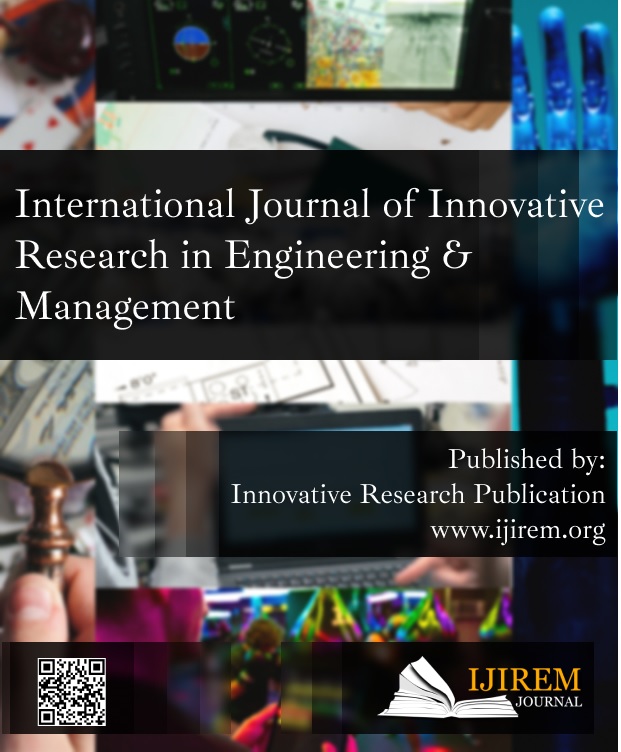A Study of Perceived Stress and Its Relation with Health Problem among College Teachers during COVID 19 in Delhi /NCR
Keywords:
Anxiety, COVID-19, Depression, Indicators, Virtual LearningAbstract
To avoid the growth of COVID-19, universities in Delhi are stopped in March 2020. Several universities and teachers in Delhi return in September 2020, and instructors face significant ambiguity as a result of this unique circumstance. Ever since the start of the crisis, teachers have had psychological issues. They had to establish virtual learning during the lockdown, and so when schools reopen, they have expressed significant anxiety over the new, unexpected teaching environment. The purpose of this research is to assess the manifestations shown by teaching personnel in the Delhi NCR region during the reopening of schools. To do so, we gathered a sample of 100 instructors who completed an online questionnaire that evaluated stress, anxiety, and sadness using the DASS-21 (depression, anxiety, and stress scale) in addition to gathering socio-demographic data. According to the findings, a large majority of teachers had anxiety, sadness, and stress indicators. Gender, age, employment reliability, the degree of schooling at which they teach, and parental status all have an impact on this symptomatology. We believe that it is critical to protect teachers' mental health to promote both classroom quality and patient psychological wellbeing.
Downloads
References
R. Bautista, L. S. Jeong, C. Saavedra, and J. Sy-Changco, “Factors affecting the students’ re-use of the electronic learning system (Els),” Asia-Pacific Soc. Sci. Rev., 2021.
R. M. Haris and S. Al-Maadeed, “Covid -19 lockdown challenges to higher education in qatar,” 2021, doi: 10.1109/ISCAIE51753.2021.9431774.
D. K. E. S. Santos, C. D. de Jesus, and E. R. P. Corpuz, “Being and becoming a teacher: Professional Wellbeing Amidst COVID-19 Pandemic,” J. Humanit. Educ. Dev., 2021, doi: 10.22161/jhed.3.2.6.
S. Boyer-Davis, “Technostress in Higher Education: an Examination of Faculty Perceptions Before and During the Covid-19 Pandemic.,” J. Bus. Account., 2020.
N. Aisha and A. Ratra, “Influence of Home-environment on Online Teaching-Learning during COVID-19 Pandemic Lockdown among Teacher-trainees,” Glob. J. Enterp. Inf. Syst., 2020.
R. J. Licayan, F. M. Chierife C, L. G. P, and C. R. Kim, “Academic Stress Level Determination among College Students in Times of Covid-19 Pandemic,” Int. J. Asian Educ., 2021, doi: 10.46966/ijae.v2i3.119.
S. De, “IMPACTS OF THE COVID-19 PANDEMIC ON GLOBAL EDUCATION,” in COVID-19 Pandemic update 2020, 2020.
A. Pashazadeh and M. Chekaniazar, “Estimating an Appropriate Plastic Concrete Mixing Design for Cutoff Walls to Control Leakage under the Earth Dam,” J. Basic Appl. Sci. Res., 2011.
F. WU, “Coronavirus Is Not a ‘Chinese Virus’.,” Divers. Issues High. Educ., 2020.
J. M. Henson et al., “National Survey of American Life - Adolescent Supplement (NSAL-A), 2001-2004,” J. Couns. Psychol., 2016.
